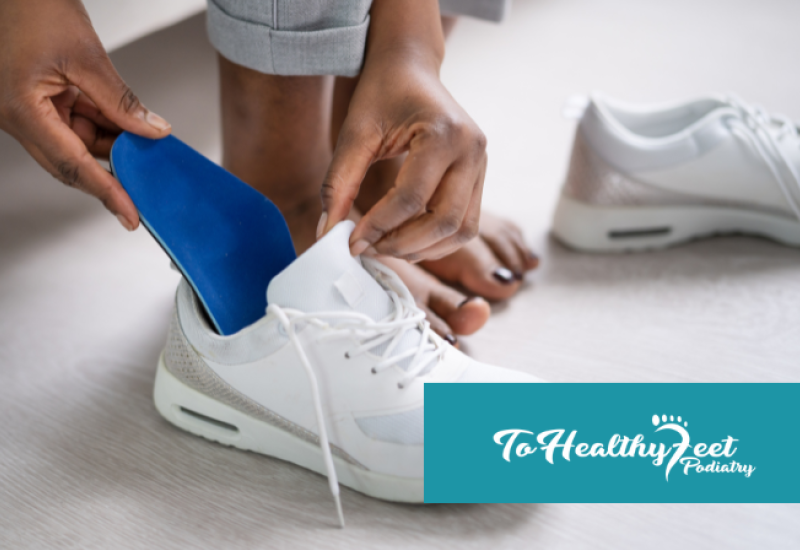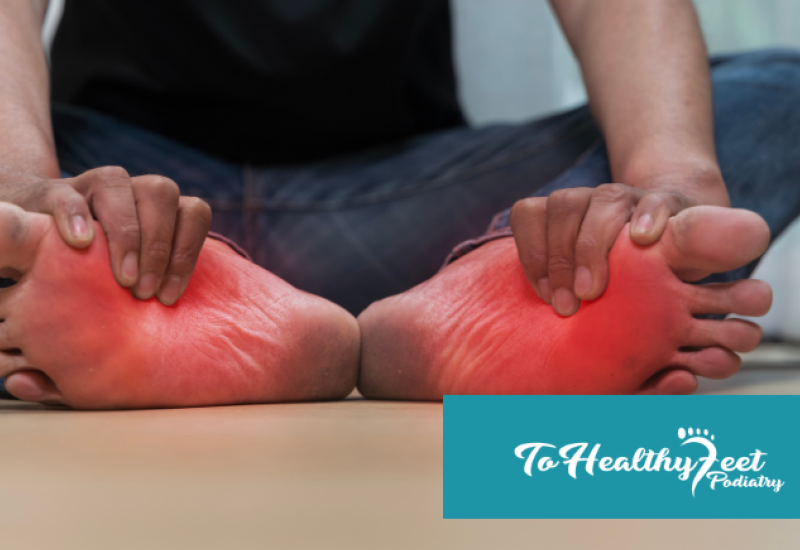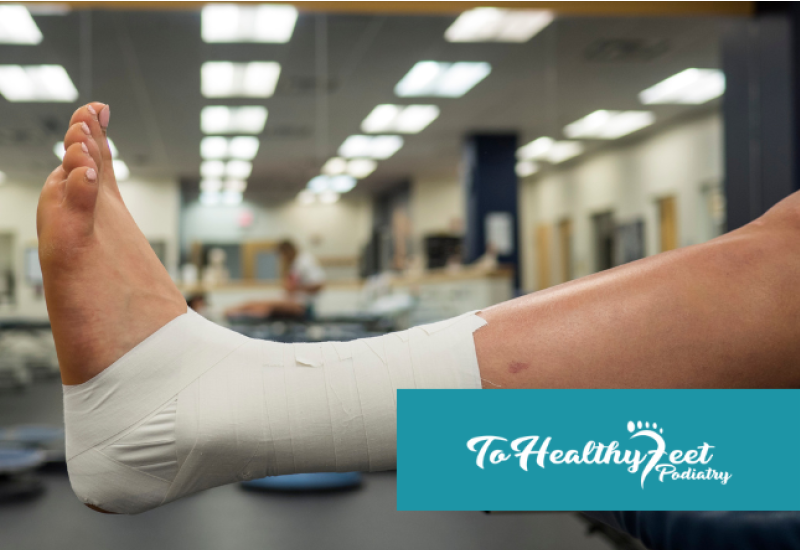Navigating the challenges of physical activities and sports is often a journey of passion, commitment, and sometimes, unexpected obstacles. One such hurdle that may catch many athletes, runners, and dancers off guard is Morton's Neuroma. This guide aims to shed light on this condition, helping those affected to understand, manage, and hopefully, overcome the discomfort and pain it can bring. By empathizing with the struggles and offering insights into Morton's Neuroma, we aspire to support you in continuing to do what you love, with both joy and comfort.
What Is Morton's Neuroma?
At the heart of understanding this condition lies in recognizing what Morton's Neuroma actually is. This painful condition, also referred to as an intermetatarsal neuroma, occurs when the tissue around one of the nerves leading to your toes thickens. This can cause a sharp, burning pain in the ball of your foot. The sensations may also resemble feeling a pebble in your shoe or a fold in your sock that you can't seem to adjust. Primarily, runners, athletes, and dancers are at a higher risk due to the repeated pressure applied to the foot, although anyone can develop this condition.
Recognizing the Symptoms Early
Recognizing the symptoms of Morton's Neuroma early can be a game-changer in managing its impact on your performance and daily life. The symptoms often start gradually, with occasional pain in the ball of the foot, potentially spreading to the toes. You might feel numbness or tingling in the affected toes, or as though you're stepping on a marble. These symptoms might worsen with activity, making it crucial for athletes and dancers to heed these early warning signs. Listening to your body and responding to these symptoms with appropriate measures can significantly improve your quality of life and performance.
The Importance of Proper Footwear
One of the most straightforward yet profound changes you can make to manage or even prevent Morton's Neuroma is reevaluating your footwear. Shoes that are too tight, narrow, or have high heels can exacerbate the pressure on the nerves in your foot. For athletes and dancers, investing in shoes that offer ample room for your toes to move, providing adequate support and cushioning, can make a world of difference. This doesn’t mean compromising on the quality or performance of your footwear but choosing options that blend support, comfort, and functionality.
Tailored Treatment and Management Strategies
Dealing with Morton's Neuroma doesn't follow a one-size-fits-all approach. Treatment and management strategies should be tailored to each individual's specific needs and activity levels. Conservative treatments, such as physical therapy, orthotics, or anti-inflammatory medications, can provide relief for many. However, more persistent cases may require injections or even surgical intervention. Consulting with a healthcare provider who understands your active lifestyle is crucial. They can offer treatments that aim not only to alleviate the pain but also to keep you moving and performing at your best.
Engaging in Preventive Practices
Prevention is invariably better than cure, especially when it comes to conditions affecting your mobility and performance. Engaging in preventive practices can significantly reduce the risk of developing Morton's Neuroma. This includes performing foot-strengthening exercises, gradually increasing the intensity of your training sessions, and ensuring you warm up and cool down properly before and after physical activity. Additionally, regular foot massages and stretches can improve circulation and flexibility, reducing the stress on your feet. By integrating these practices into your routine, you’re not just preventing Morton's Neuroma but also enhancing your overall foot health.
Morton's Neuroma can pose a significant challenge for runners, athletes, and dancers, affecting not just performance but also quality of life. However, by understanding what this condition is, recognizing the symptoms early, and adopting appropriate preventive and management strategies, it is possible to continue pursuing your passions with minimal discomfort. Proper footwear, tailored treatment plans, and engaging in preventive practices are key steps towards overcoming the hurdles posed by Morton's Neuroma. Remember, the goal is not just to manage the condition but to thrive despite it. With the right approach and mindset, you can ensure that your feet carry you forward, towards achieving your goals and beyond.
Written on behalf of To Healthy Feet Podiatry.
FAQs
Q: Who is most at risk of developing Morton's Neuroma?
A: Runners, athletes, and dancers are at a higher risk due to repeated pressure on the foot, but anyone can develop the condition.
Q: What are the early symptoms of Morton's Neuroma?
A: Early symptoms include occasional pain in the ball of the foot, numbness, tingling in the toes, and feeling like you're stepping on a marble.
Q: Can Morton's Neuroma be prevented?
A: Yes, engaging in foot-strengthening exercises, proper training intensity, and using appropriate footwear can significantly reduce the risk.




